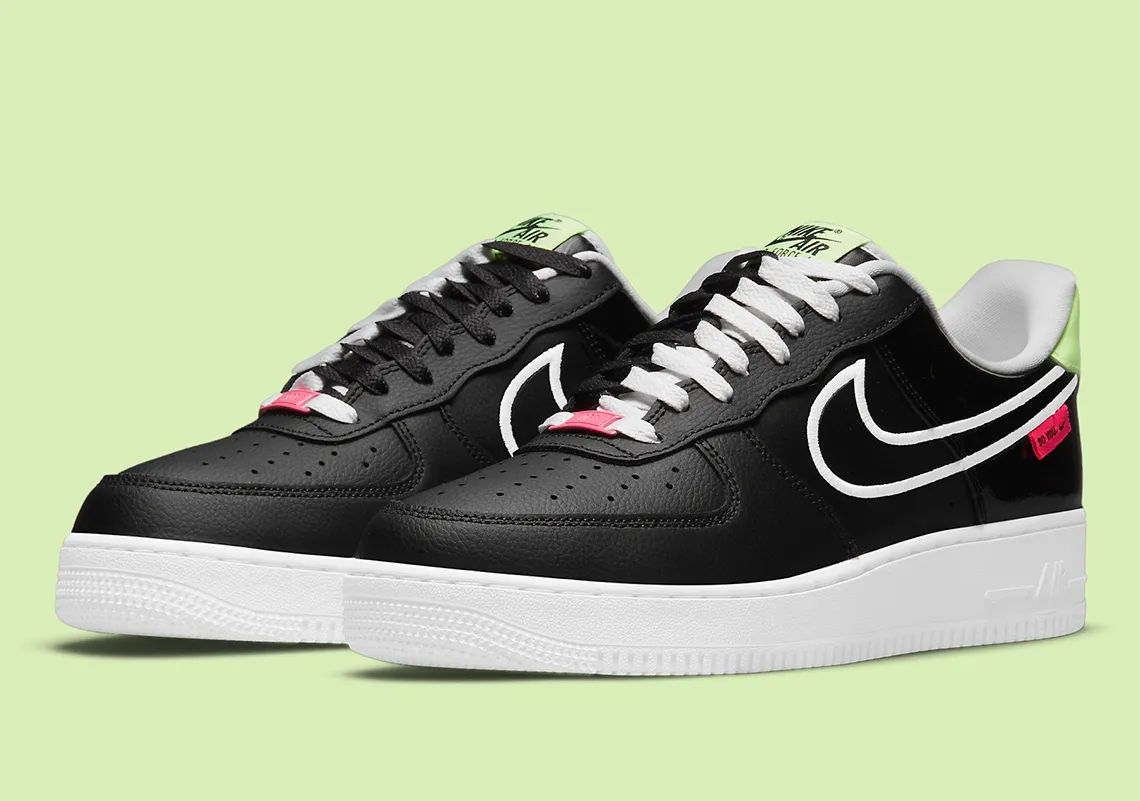Samsung is planning a future where no two users will have the same smartphone experience. This would be an exciting prospect for customers, but a nightmare for reviewers and testers.

Samsung Galaxy S21 Ultra smartphone in Phantom Silver. Photographer: Nina Westervelt/Bloomberg
© 2021 Bloomberg Finance LPIn a recent interview with Engadget, Samsung’s head of camera R&D Joshua Sungdae Cho envisages a world where Galaxy smartphone cameras will automatically tailor photographic results to individual users by learning their likes and dislikes.
When a user takes a photo, factors such as sharpening, color, tone, facial smoothing and HDR processing are all taken into consideration when producing the final image. These processing decisions are usually pre-determined in the factory, resulting in similar results for everybody using the same phone.
In the interview, Cho reveals that Samsung currently uses focus groups to determine the most popular editing styles, resulting in “perfectly trendy” photos.
This could all be about to change, however, with future cameras delivering personalized adjustments tweaked according to what the smartphone believes each individual user will prefer.
MORE FOR YOU
However, trends change over time and preferences will vary wildly from one person to the next as well as by various cultural norms. While one user may want photos with maximum ‘pop’, another might like as little processing as possible.

A Samsung Electronics Co. Galaxy S21 Ultra 5G smartphone. Photographer: SeongJoon Cho/Bloomberg
© 2021 Bloomberg Finance LPCho’s rather ambitious plan is to “satisfy everybody 100 percent through personalization.” He goes on to say, “When there are ten people taking a picture of the same object, I want the camera to provide ten different pictures for each individual based on their preference of the brightness, the color tone, the detail enhancing, etcetera.”
This could be great news for the majority of people who want to get the ‘best’ photos with a minimum of editing but brings up a number of important issues.
Personalization on this level could prove very troublesome for anyone attempting to review or test the new cameras. If the camera delivers substantially different results to each user there it would become very difficult for a reviewer to evaluate camera performance in any meaningful way.
Furthermore, objective benchmark testers like Dxomark could find themselves in a seemingly impossible situation. Even if a neutral or default setting were to be made available to level the playing field, this simply wouldn’t reflect the way the majority of customers would use their devices.
The camera would presumably adapt its automatic adjustments over time as it learns more about the user’s preferences. This means that photos taken when you first buy a phone might look quite different to those you get after a year of use. So what happens when it’s time to buy a new phone? Do you have to start again from scratch?
The answer for serious photographers is to offer as much manual control as possible. For everyone else, there are interesting times ahead.
Follow @paul_monckton on Instagram
The Link LonkJanuary 31, 2021 at 10:49PM
https://ift.tt/2Yvky8h
Samsung Reveals Stunning New Galaxy Smartphone Plans - Forbes
https://ift.tt/2O3clnm
Samsung

No comments:
Post a Comment